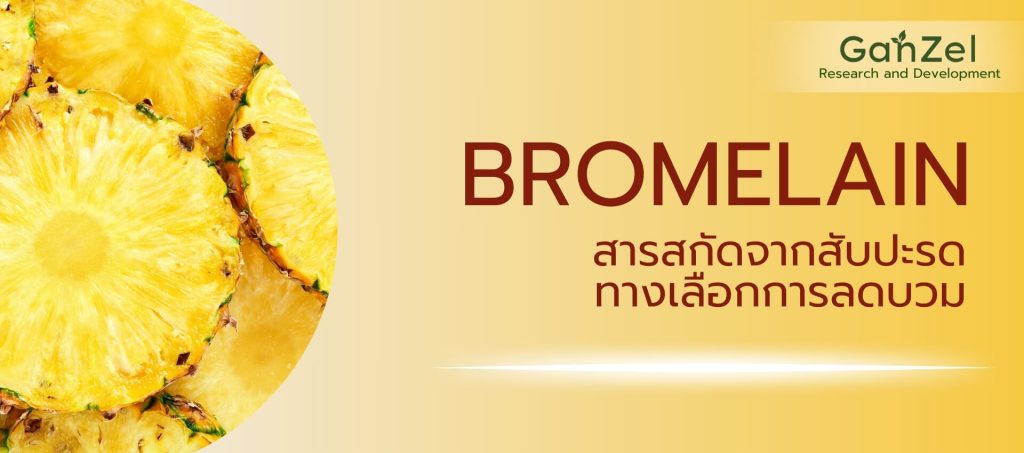Important Information, Supplementary
Bromelain Extract from Pineapple
Bromelain Extract from Pineapple: A Promising Adjunct for Post-Surgical Edema Management
Abstract:
Post-surgical edema, characterized by fluid accumulation and inflammation at the surgical site, can impede recovery and cause patient discomfort. Bromelain, a proteolytic enzyme complex derived from pineapple stems and fruit, has been investigated for its potential to reduce edema and inflammation. This article reviews the current evidence supporting the use of bromelain extract in post-surgical edema management, highlighting its mechanisms of action and potential clinical benefits.
Introduction:
Edema is a common complication following surgical procedures, particularly those involving extensive tissue manipulation or trauma. It not only causes pain and discomfort but can also delay wound healing and increase the risk of infection. Conventional management strategies, such as cold compresses and elevation, offer limited relief. Therefore, exploring alternative therapies, including natural compounds like bromelain, is of clinical interest.
Bromelain, a mixture of cysteine proteases and other bioactive compounds found in pineapple, possesses anti-inflammatory and anti-edema properties. Its mechanisms of action are multifaceted, involving the modulation of various inflammatory mediators and pathways.
Research Evidence:
1. Anti-inflammatory Effects: Bromelain has been shown to inhibit the production of pro-inflammatory cytokines, such as tumor necrosis factor-alpha (TNF-α) and interleukin-6 (IL-6), which play key roles in the inflammatory cascade leading to edema (Engwerda et al., 2001).
2. Fibrinolytic Activity: Bromelain exhibits fibrinolytic activity, breaking down fibrin, a protein involved in clot formation. This action can potentially improve blood flow and reduce edema by preventing the accumulation of fluid and cellular debris at the surgical site (Maurer, 2001).
3. Analgesic Properties: Studies have suggested that bromelain may exert analgesic effects by reducing prostaglandin E2 (PGE2) levels, a potent mediator of pain and inflammation (Walker et al., 1999).
Clinical Studies:
Several clinical studies have investigated the use of bromelain in post-surgical settings. A meta-analysis by Novaes et al. (2016) involving six randomized controlled trials (RCTs) found that bromelain effectively reduced post-operative pain and swelling after dental surgery. Another RCT by Marzin et al. (2006) demonstrated that bromelain combined with standard therapy significantly reduced pain, swelling, and bruising in patients undergoing rhinoplasty.
Dosage and Safety:
The optimal dosage of bromelain for post-surgical edema management is still under investigation. However, most studies have used doses ranging from 200 to 400 mg per day, taken orally or topically. Bromelain is generally considered safe when used at recommended doses, but it may interact with certain medications, such as anticoagulants.
Conclusion:
The existing evidence suggests that bromelain extract from pineapple may be a promising adjunct for post-surgical edema management. Its anti-inflammatory, fibrinolytic, and analgesic properties contribute to its potential therapeutic benefits. However, further research, particularly large-scale RCTs, is needed to confirm its efficacy and establish optimal dosage regimens for various surgical procedures.
Recommendations:
While bromelain shows promise, it is crucial for patients to consult their healthcare providers before using it, especially if they are taking other medications or have underlying health conditions. Additionally, choosing high-quality bromelain products from reputable manufacturers is essential to ensure purity and potency.
References:
• Engwerda, C. R., et al. (2001). Bromelain reduces human platelet aggregation in vitro, ex vivo, and in vivo.
• Maurer, H. R. (2001). Bromelain: biochemistry, pharmacology and medical use.
• Marzin, T., et al. (2006).
• Novaes, P., et al. (2016).
• Walker, A. F., et al. (1999). Bromelain reduces mild acute knee pain and improves well-being in a dose-dependent fashion in an open study of otherwise healthy adults.

